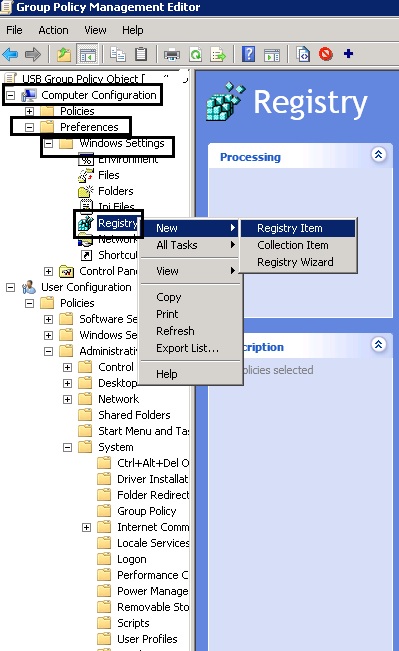
Hi,
Why not deploy directly a GPO that make the desired changes instead of using PS script ?

Regards,
Youssef Saad
This browser is no longer supported.
Upgrade to Microsoft Edge to take advantage of the latest features, security updates, and technical support.
Hey there,
I attempt to config GPO to add a Registry data in Client desktop when user login to the Domain. my Server is windows server 2019 and 2016, my client is windows 10. normally it is simple thing, but I face the problem. I found out an article on the internet (http://woshub.com/running-powershell-startup-scripts-using-gpo/) and then follow it in my environment. Unfortunately, it turns out all settings are not applied to client's desktop when the user is belonged to Domain Users not in Domain Admins/ Administrators Group. I mean the user is belonged to Domain Admins/ Administrators Group, everything works well. my question is there is any solution on it could let me solve it out ASAP?
My scenario is when you logon the domain, will be applied new GPO and PowerShell will put a data into client's registry.
Thanks


Hi,
Why not deploy directly a GPO that make the desired changes instead of using PS script ?

Regards,
Youssef Saad
Hi,
Based on my understanding , if the powershell script is the change the registry , the users need the permission . And in a Logon script, we can't modify the permission.
You can considered to use a task schedule GPO to do this or consider the method YoussefSaad provided.
For more details you can refer to the following link:
https://learn.microsoft.com/en-us/answers/questions/66387/running-powershell-startup-logon-scripts-using-gpo.html
Best Regards,